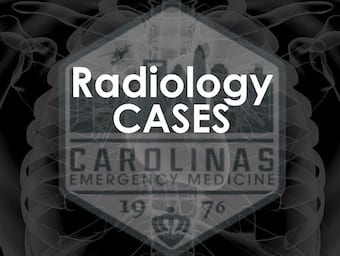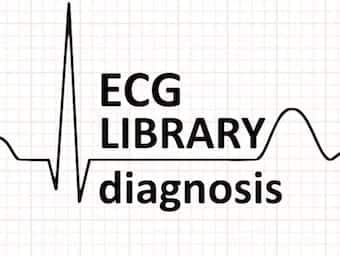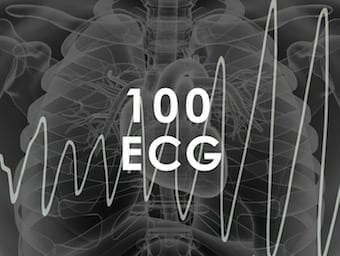
Adult CXR Cases 028
January 2023 Adult Emergency Medicine Chest X-ray interpretation with Angela Pikus, Mark Baumgarten, Alex Blackwell and Rosa Malloy-Post

January 2023 Adult Emergency Medicine Chest X-ray interpretation with Angela Pikus, Mark Baumgarten, Alex Blackwell and Rosa Malloy-Post

October 2022 Adult Emergency Medicine Chest X-ray interpretation with Angela Pikus, Mark Baumgarten, Alex Blackwell and Rosa Malloy-Post

Helen Rimington of Medmastery on assessing left ventricular global systolic function

Yamaguchi syndrome: Apical hypertrophic cardiomyopathy (AHC) Hypertrophic non-obstructive cardiomyopathy with giant negative T waves

Takotsubo Cardiomyopathy (TCM) is a transient wall motion abnormality of the left ventricular apex associated with severe emotional or physical stress that usually resolves completely

ECG from a 19 yr old referred by their GP for investigation of palpitations found at a routine medical review. The patient is asymptomatic with no past medical history or regular medications. Describe and interpret this ECG

36yr old male presented to the Emergency Department with a non-cardiac issue but an ECG was performed due to a pre-existing cardiac history. Describe and interpret this ECG. LITFL Top 100 ECG

63 yr old female who presented with a 3 day history of colicky right upper quadrant abdominal pain. She is normally fit and well and has no prior past medical history. Describe and interpret this ECG. LITFL Top 100 ECG

Peripartum Cardiomyopathy = dilated cardiomyopathy of unknown cause that occurs in the peripartum period; rare (1 in 15,000 deliveries); fatal in up to 50% of patients

Reviewed and revised 11 November 2016 OVERVIEW Septic cardiomyopathy is a common feature of severe sepsis syndromes and results in impaired intrinsic cardiac contractility First described by Parker et al in 1984 Incidence varies in studies, most report 20-60% incidence…

Restrictive cardiomyopathy is the least common form of cardiomyopathy. ECG features include low voltage QRS complexes, and non-specific ST segment and T wave changes

Hypertrophic Cardiomyopathy (HCM) results in characteristic ECG changes of "dagger-like" Q waves and large precordial voltages